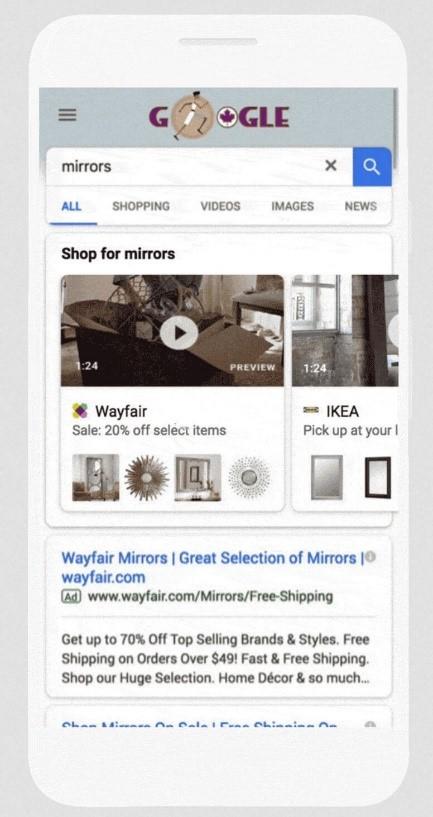
The Top 10 Google Ads Innovations of 2018
As you know, one year is like a century in the world of Google advertising. There are many innovations, experiments, and new trends constantly developing to advance the way we target, reach, and speak to end users. This year was a big one. Google rebranded their advertising, changing AdWords to Google Ads, but that wasn’t all. Throughout the year, there were so many innovative changes to the ad platform and formats.
As 2019 nears, I want to highlight the top 10 most significant changes to Google Ads this year.
1. Video shopping ads
Earlier this fall, Google rolled out a different way for brand marketers to utilize shopping ads to further engage users. Instead of just serving image ads, there is now a video format that displays ads in the top featured image position. Clicking into the ad allows the user to watch the video in full, giving advertisers the opportunity to illustrate their offering in more depth.
2. TrueView For Reach
Back in April, YouTube launched a new way for advertisers to purchase skippable TrueView ads. Before this launch, advertisers had to pay on a cost-per-view (CPV) basis for users that watched 30 seconds or more of the TrueView ad. Now, advertisers are empowered to pay through a CPM method, or cost per thousand views. This is a great innovation for businesses focused on brand awareness rather than engagement. Six-second ads? I want more of those!
3. Smart Goals
This summer, Google introduced a new way to leverage machine learning for advertisers to quickly identify which site visits are likely to convert and help campaign priorities to reflect this. Some of these goals include Location, Device and Browser, Pages Per Session, and Session Duration. This is a great option for larger advertisers that do not currently have conversion tracking, as this new method of optimization brings more automation to help measure value. After all, this strategy is, well, smart!
4. Ad Position Metrics Beyond “Average Position”
Previously, advertisers could only see average position as a metric to understand the order their ad appears in the ad auction compared to the other ads. A misconception of this metric was to think that seeing “1” for average position meant that you showed up in the top spot. Having a “1” average position could still mean that you are showing up at the bottom of the page, because organic search results might be displayed first. As of November, you can finally get closer to understanding where your ads are really showing. Google is rolling out Impressions (Absolute Top%), Impressions (Top%), Search (Absolute TOP%) Impression Share, and Search (Top%) Impression Share. To learn more about this, check out Google’s description of these metrics. Why choose the average when you can know the exact?
5. Google Ads New Interface
Along with the company’s rebranding from Google Adwords to Google Ads, Google launched a new interface for account management. Some of the new features in this interface include the Audience Manager, additional extension options, automated A-B testing ad variations, new options for reporting, a completely new dashboard, and much more. The purpose of this new UI is to make managing an account much simpler, faster, and more efficient for advertisers.
Much prettier if I must say!
6. Parallel Tracking
Google also recently introduced Parallel Tracking as a faster and more efficient way to verify clicks from paid ads. This new method of verification helps load landing pages faster through sending customers directly from the ad to the final URL while simultaneously verifying the click in the background. This cuts out the middle phase where users previously were sent to tracking URLs prior to the final URL. This is aimed at improving the user experience, reducing lost visits, and improving ad performance. Taking me to where I want to go faster? I am down for that!
7. Changes to Exact Match
In September, Google introduced a new form of exact match that includes more close variants. Previously, exact match limited a search to include on the terms in the keyword to trigger the ad. This included misspellings, reordered words, and differences in spaces to still allow the ad to show. Now, users can use exact match to target users with additional close variants. This includes variations of the keyword that share the same meaning, such as implied words, same intent and paraphrases.
8. Expanded Text Ads Update
Another innovation to advertising this year was Googles bold change to ad formatting in August. Previously, advertisers only had two headlines and one description to describe their intentions. With the new ad format, advertisers have an additional headline and description to highlight more about their service or offering. This allows for an additional 30 characters in the headline, and 90 characters in the description! The purpose of this change is to give advertisers to differentiate themselves from competitors further and provide more insight for users to make informed decisions. Tell me more!
9. Promotion Extensions
This one is a personal favorite! Toward the beginning of the year, Google gave advertisers a new option to show special sales and offers right from the ad itself. This helps limited offers stand out to help users identify great deals before even clicking into the ad. This extension can include anything from coupon codes to monetary or percentage discounts as well as the price of the product or offering itself. For the upcoming holidays, be sure to take advantage of this extension to further entice consumers to check you out!
10. Responsive Search Ads
A bit earlier I mentioned that Google’s new interface allows for easier ways to run A-B testing ad variations. Debuted back in the summer, this new method is known as responsive search ads, where advertisers can essentially test multiple combinations of headlines and descriptions at the same time using machine learning. Over time, the algorithm will prioritize showing the most engaging and relevant ads. Marketers can use up to 15 different headlines and four descriptions rather than creating several individual ads. This is a must-try for 2019!
With so many changes come opportunities for advertisers to be the first to adopt new ways to reach and engage users. Take advantage of these additional forms of advertising to get ahead of competition today!

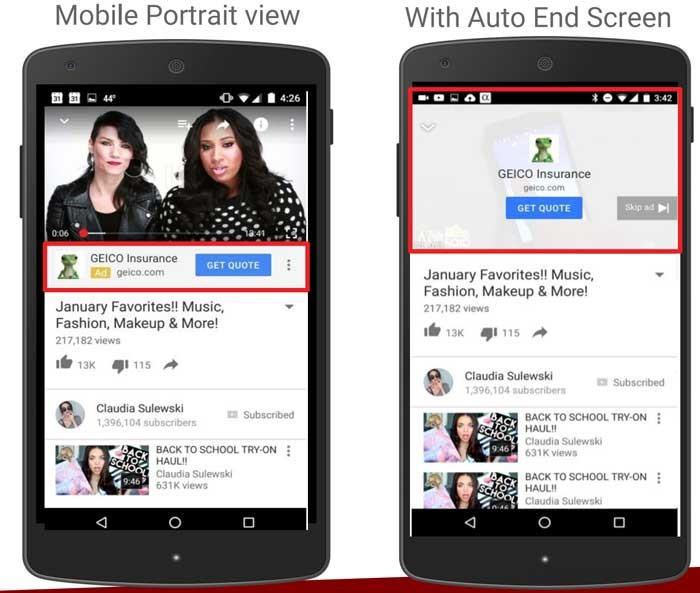
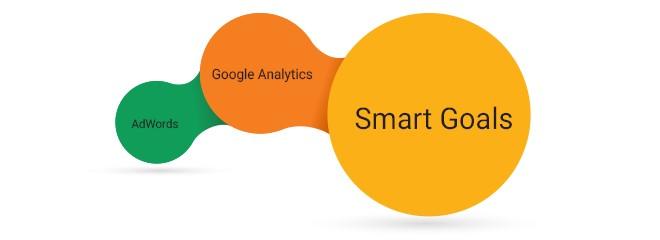
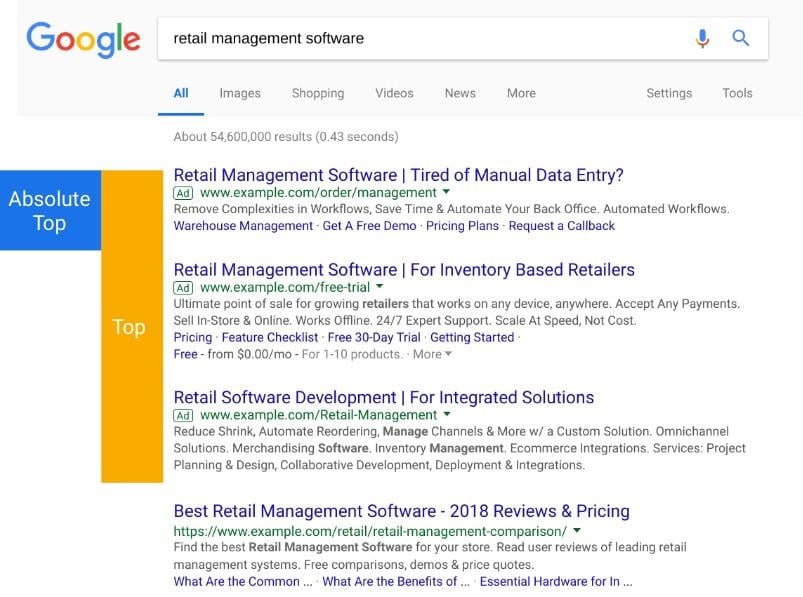

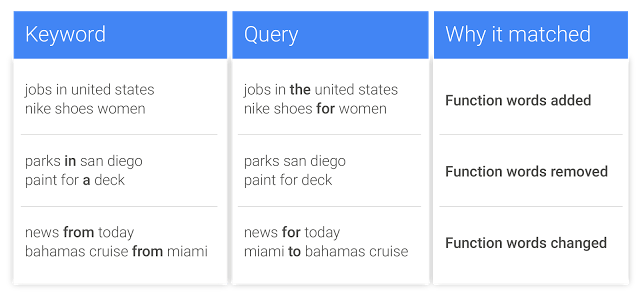
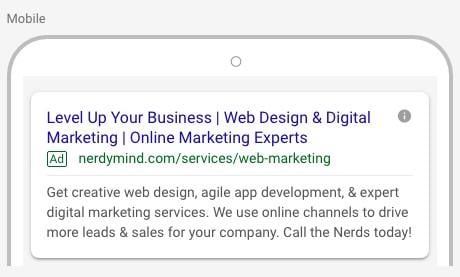
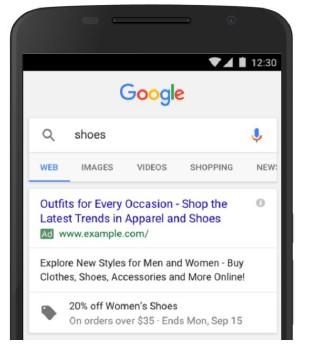
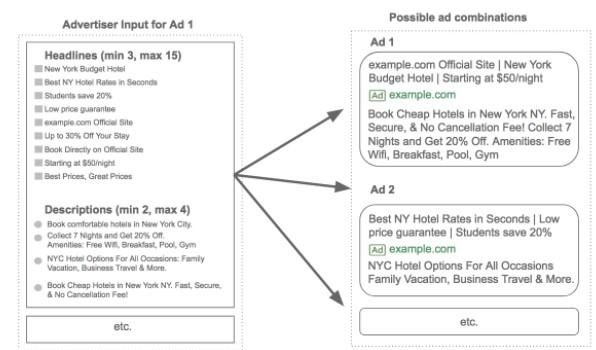






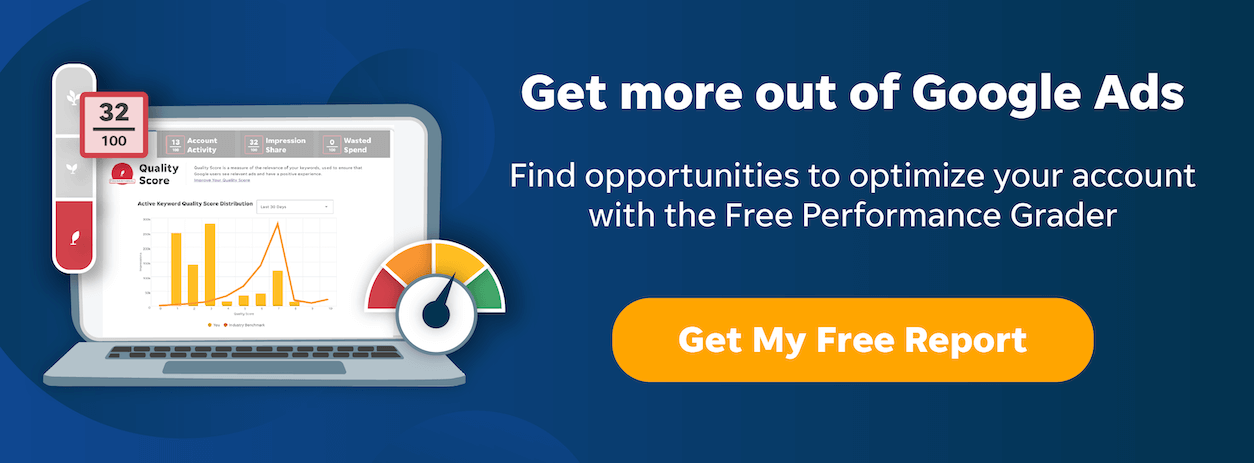
Comments
Please read our Comment Policy before commenting.